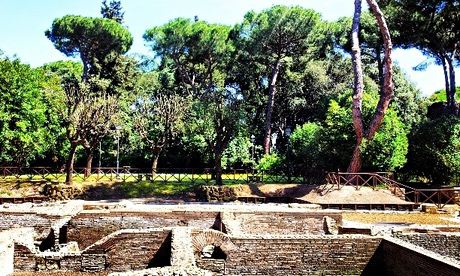
Capo di Bove is a gorgeous track of land and archeological site on the Appian Way, a 30-minute drive south of the centre of Rome. The area and villa have undergone many changes over the centuries – it was purchased by the Italian government from a private owner in 2002 and reopened to the public in 2008. The villa is beautiful, built from pieces of Roman ruins taken from sites around the area, including stone inscriptions, bits of terracotta antique gutters and mosaic, set into the walls. You couldn’t get away with that now.
In addition to hosting free exhibitions, concerts, and conferences, the villa houses the archive of Antonio Cederna, who headed Italy’s first environmental movement and saved the Appian Way from further abuse.
It’s a secret place and not very easy to find: there are no cars, it’s all about nature and the garden is a great for picnics. There are archeological digs, too, and you really get an idea of what ancient Rome was like here, as well as nature and silence that’s impossible to find in the city itself.
• Mary Angela Schroth, director of Rome’s Sala 1 gallery for contemporary art

